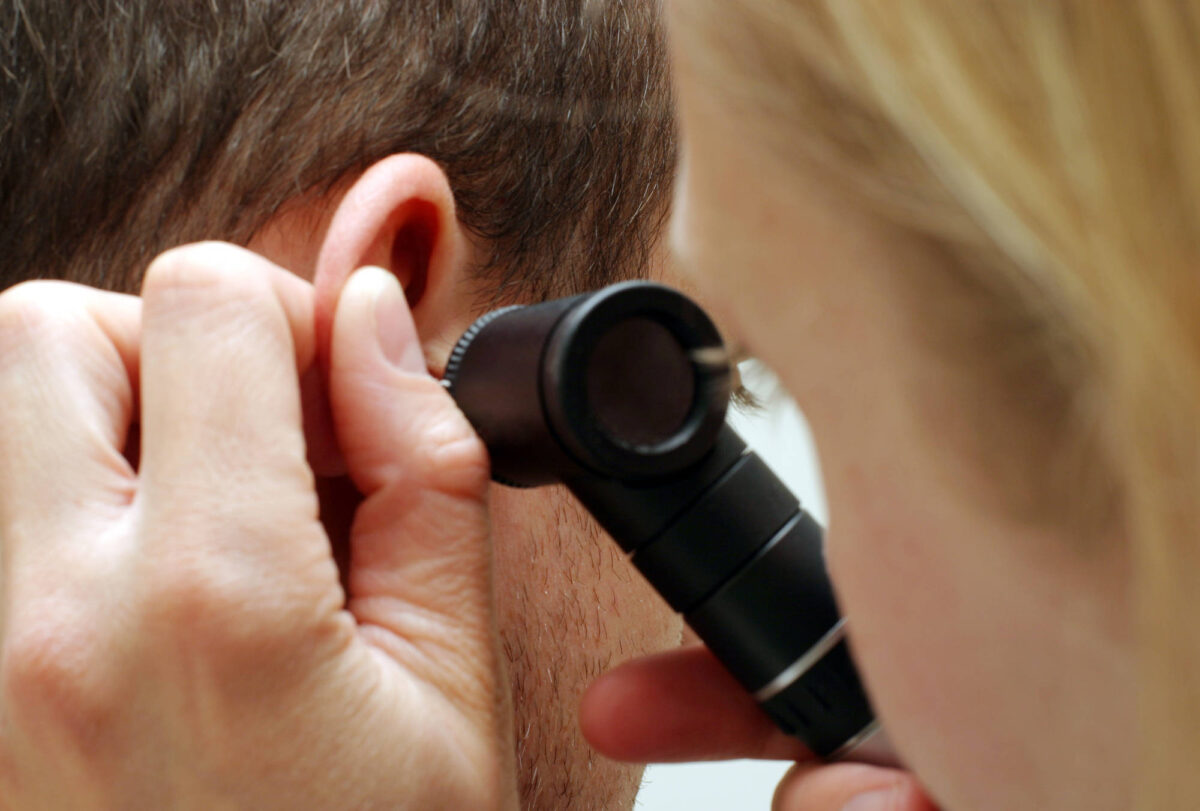Vestibulopathy: Overview and Rehabilitation

Vestibulopathy is defined as disorders of the inner ear, which can lead to a variety of alarming symptoms, including postural and gaze imbalance, migraines, and tinnitus.1 Patients who experience imbalance and migraines may not be diagnosed with vestibulopathy immediately because these are general symptoms that can arise from countless sources. However, it is important for healthcare professionals to consider this possibility if patients present these symptoms, since some of them can greatly impair their ability to carry out simple tasks. Vestibulopathy can result in a wide range of disorders with varying severity, but some can be relieved through physical therapy rehabilitation.
One such disorder is benign paroxysmal positional vertigo (BPPV). Patients with BPPV experience rotational vertigo while performing every day tasks such as getting up from bed, lying down, and extending their heads. BPPV is caused by the loosening of otolith particles from the utricle of the ear. These particles fall into the posterior semicircular canal (PSC), stimulating hair cells and activating a neural signal that leads the patient to believe that one side of their head is moving. Physical therapists can diagnose BPPV by using the Dix-Hallpike maneuver. During this exercise, the patient sits upright with their head turned at a 45-degree angle, then lowers the head until it is hanging off the surface they are sitting on. If the patient has BPPV, this should result in vertigo. BPPV can be easily treated with the canalith repositioning maneuver, in which the patient, after completing the Dix-Hallpike maneuver, stays in position and rolls their head and body to the opposite side. When the patient sits up again, the otolith particles will fall from the apex of the PSC back into the utricle.2 This should be done whenever patients experience a relapse of symptoms, since recurrence rate is highest during the first year after treatment.3
While BPPV is a mild form of vestibulopathy, Meniere’s disease is much more severe and requires more extensive treatment. Caused by congestion in the inner ear and unstable fluid dynamics, Meniere’s disease often leads to vertigo that lasts from twenty minutes to hours.4 Patients may also experience gradual hearing loss that begins with tinnitus, or the perception of ringing in the ear without an external source.5 If these symptoms are detected, the patient should be treated with vestibular suppressants such as meclizine. Depending on how severe the vertigo spells are, they may need to explore surgical options.2 Timeliness of diagnosis and treatment is critical, since 35% of patients start to experience hearing loss in the other ear within ten years.6
Some types of vestibulopathy can be alleviated with physical therapy rehabilitation. The goal of vestibular rehabilitation therapy (VRT) is to improve gaze and postural stability through repetitive exercise that focuses on head and eye movement. For example, to improve gaze stability, patients should move their heads horizontally and vertically while fixing their gaze on a target. This repetition induces vestibular adaptation.7 Vestibulopathy affects balance, thus patients can try rehabilitation exercises that require motor coordination. Lastly, to improve vertigo, which is the goal of most patients with vestibulopathy, VRT requires physical therapists to identify movements and positions that cause the most intense vertigo for the patient. These movements, such as turning the head and lying down, become exercises that the patients are required to perform repetitively. Habituation of disorientation is key to VRT, and patients who can persist despite the discomfort report noticeable relief after four to five weeks.8
Vestibulopathy can greatly affect a patient’s standard of living, but there are ways to diagnose and treat these disorders. Patients should consult physical therapists on possible treatment methods, and under their guidance, many are easy enough to perform at home.
References
1. Strupp, M.; Feil, K.; Dieterich, M.; Brandt, T. (2016). “Bilateral vestibulopathy”. Handbook of Clinical Neurology. 137: 235–40. doi:10.1016/B978-0-444-63437-5.00017-0
2. Cha YH. Acute vestibulopathy. Neurohospitalist. 2011;1(1):32-40. doi:10.1177/1941875210386235
3. Brandt T, Huppert D, Hecht J, Karch C, Strupp M. Benign paroxysmal positioning vertigo: a long-term follow-up (6-17 years) of 125 patients. Acta Otolaryngol. 2006;126(2):160-163. doi:10.1080/00016480500280140
4. Committee on Hearing and Equilibrium guidelines for the diagnosis and evaluation of therapy in Menière’s disease. American Academy of Otolaryngology-Head and Neck Foundation, Inc. Otolaryngol Head Neck Surg. 1995;113(3):181-185. doi:10.1016/S0194-5998(95)70102-8
5. Wu V, Cooke B, Eitutis S, Simpson MTW, Beyea JA. Approach to tinnitus management. Can Fam Physician. 2018;64(7):491-495.
6. Huppert D, Strupp M, Brandt T. Long-term course of Menière’s disease revisited. Acta Otolaryngol. 2010;130(6):644-651. doi:10.3109/00016480903382808
7. Herdman SJ. Advances in the treatment of vestibular disorders. Phys Ther. 1997;77(6):602-618. doi:10.1093/ptj/77.6.602
8. Han BI, Song HS, Kim JS. Vestibular rehabilitation therapy: review of indications, mechanisms, and key exercises. J Clin Neurol. 2011;7(4):184-196. doi:10.3988/jcn.2011.7.4.184
